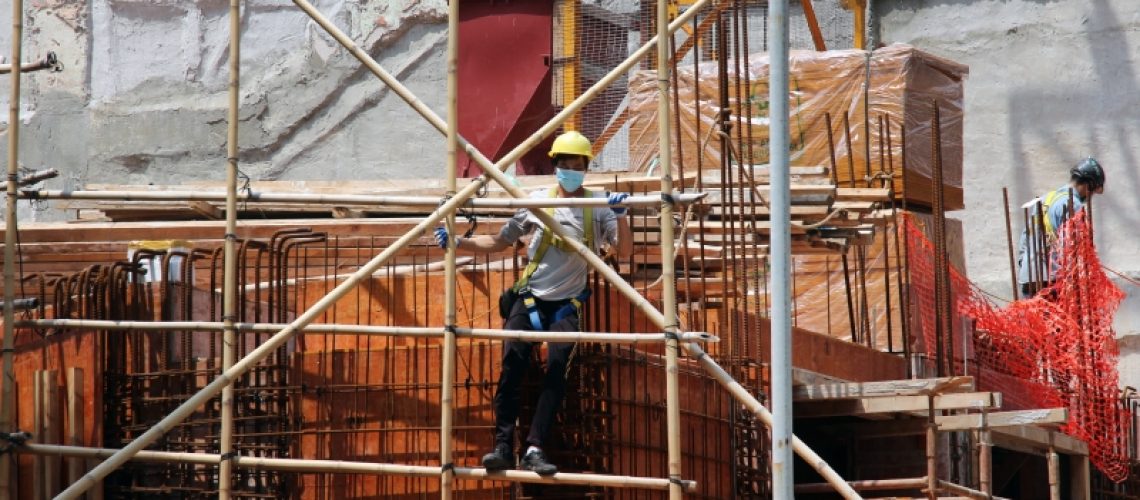The CDC recommends wearing cloth face coverings as a protective measure in addition to social distancing (i.e., staying at least 6 feet away from others). Cloth face coverings may be especially important when social distancing is not possible or feasible based on working conditions. Not only are these mandatory in Massachusetts and many other parts of New England but, they are actually functional too. A cloth face covering may reduce the amount of large respiratory droplets that a person spreads when talking, sneezing, or coughing. Cloth face coverings may prevent people who do not know they have the virus that causes COVID-19 from spreading it to others. Cloth face coverings are intended to protect other people—not the wearer. This is unlike the N95 mask which protects the user and other people.
Cloth face coverings are not personal protective equipment (PPE). They are not appropriate substitutes for PPE such as respirators (like N95 respirators) or medical facemasks (like surgical masks) in workplaces where respirators or facemasks are recommended or required to protect the wearer.
While wearing cloth face coverings is public health measure intended to reduce the spread of COVID-19, it may not be practical for workers to wear a single cloth face covering for the full duration of a work shift (e.g., eight or more hours) on a construction site if they become wet, soiled, or otherwise visibly contaminated during the work shift. When cloth face coverings are worn on construction sites, employers should provide readily available clean cloth face coverings (or disposable facemask options) for workers to use when the coverings become wet, soiled, or otherwise visibly contaminated.
Employers who determine that cloth face coverings should be worn at a construction site, including to comply with state or local requirements for their use, should ensure the cloth face coverings:
- Fit over the nose and mouth and fit snugly but comfortably against the side of the face;
- Are secured with ties or comfortable ear loops;
- Include multiple layers of fabric to stop saliva particles;
- Allow for breathing without restriction;
- Can be laundered using warm water setting and machine dried daily after the shift, without damage or change to shape (a clean cloth face covering should be used each day);
- Are not used if they become wet or contaminated;
- Are replaced with clean replacements, provided by employer, as needed;
- Are handled as little as possible to prevent transferring infectious materials to the cloth; and
- Are not worn with or instead of respiratory protection when respirators are needed.

